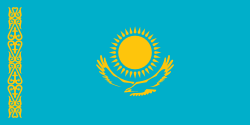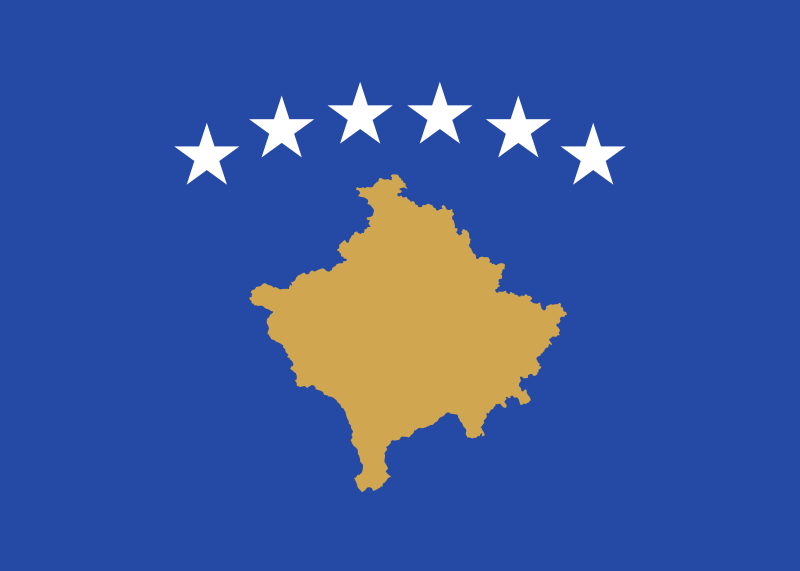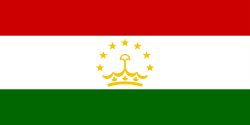General Information
Population
Immigration
Emigration
Working-age population
Unemployment rate
GDP
Migration Authorities
Responsible Body
Line Ministries
Agencies
Description
With an overall population of 38 million, Poland is one of the major migrant-sending countries in Europe. Over the past decade, it has also become a country of immigration featuring a positive net migration, which has not, however, reversed the negative demographic trend. Between 2012 and 2020, the country's population decreased by over 273.000 people. In 2022, Poland became one of the key destinations for persons fleeing the war in Ukraine.
Based on UN DESA estimations, the Polish diaspora living primarily in Germany, the US, the UK and Canada is close to 5 million persons. According to Statistics Poland, the number of Poles temporarily residing abroad has decreased from 2.415.000 in 2019 to 2.239.000 in 2020. This trend was primarily attributed to the decreasing number of Poles residing in the UK after Brexit. At the same time, Polish citizens remain one of the top groups of EU nationals living in another EU Member State. In 2020, around 1.339.000 Polish emigrants resided in the EU member states, with the key destinations being Germany (706.000), the Netherlands (135.000) and Ireland (114.000). Job opportunities, higher salaries and access to more generous social benefits remain among the main drivers of emigration.
Immigration to Poland over the past decade has significantly increased. Most notably grew the number of economic immigrants, especially Ukrainian citizens interested in temporary work in Poland, and the number of foreigners coming to study at Polish universities. In 2021, almost 546.100 foreigners had valid residence permits in the country. Most foreigners (347.447 in 2021) had temporary residence permits, valid for up to 3 years, of which 76% were issued for work purposes. In terms of origin, nationals of Ukraine, Belarus, Germany, Russia, Vietnam, India, Italy, Georgia and China held the majority of valid residence permits. However, nationals of Ukraine and Belarus comprise the lion’s share of all immigrants in Poland. According to Eurostat, 7.501 people – of whom 3.989 Ukrainians and 2.012 Belarusians – received Polish citizenships in 2020.
The Ukrainian labour force makes a sizable contribution to the Polish economy with the number of Ukrainian labour migrants growing year on year since 2014. Even in 2020 against declining flows, Ukrainians received over 296.000 work permits in Poland. Meanwhile, in 2021, this number exceeded 325.000. Citizens of Belarus represent the second most populous group of foreigners in Poland. Since early 2021, the number of Belarus nationals with valid residence permits – many of them permanent – in Poland increased by 90% exceeding 50.000 in mid-2022. Nationals of Ukraine and Belarus can also access the Polish labour market based on employers’ declarations (more accessible than work permits) and the so-called Pole’s Card. In the years 2008–2020, Poland granted 308.634 Pole’s Cards (among others: 155.422 – to Belarus citizens, 126.465 – to Ukrainian citizens, 8.986 – to Lithuanian citizens).
Immigration to Poland also features the flow of people of Polish descent returning to their homeland based on the provisions of the Act of Repatriation of 9 November 2000. Repatriation concerns persons who reside permanently in the territory of Armenia, Azerbaijan, Georgia, Kazakhstan, Kyrgyzstan, Tajikistan, Turkmenistan, Uzbekistan as well as the Asian part of Russia. In the years 2001–2020, the flow consisted of 8321 Polish repatriates and 789 family members with nationalities other than Polish.
Over the past decade and up until 2022, nationals of Russia (mostly of Chechen origin), Georgia, Ukraine, Armenia and Syria submitted most asylum applications in Poland, with the highest number of 15.000 recorded in 2013. The estimated number of foreigners who received international or national protection (refugee status or another protection type) was approximately 5.200-5.600. In 2021, the Office for Foreigners granted international protection to 2.155 foreigners, most of whom were nationals of Belarus, Afghanistan and Russia.
The situation has changed rapidly with the outbreak of the war in Ukraine on 24 February 2022, turning Poland into the top destination among Ukrainians fleeing the war. By 5 July 2022, close to 4.5 million people entered Poland from Ukraine in search of international protection. By 7 July, 1.215.119 of them registered for Temporary Protection under the provisions of the Act on assistance to citizens of Ukraine of 12 March 2022 and received Personal Identification Numbers (PESEL), which ensure access to the labour market, social benefits, education, and health care. According to the latest research, as of 1 April 2022, almost 3.200.000 Ukrainians lived in Poland. The current inflow represents the largest influx of refugees in Polish history.
Given the high number of immigrants in the country and the geographical position of Poland, featuring lengthy land borders with Ukraine and Belarus, irregular migration in the country is inevitable. In 2019, the Border Guard identified 11.273 foreigners who violated or did not meet the conditions for staying in Poland. 56% of them were nationals of Ukraine, 8% were nationals of Georgia and 7% were Russian citizens. The number of third-country nationals refused entry at the Polish border has been growing since 2014 but declined following the outbreak of COVID-19. In 2020 and 2021, this number stood at around 26.000-28.000 persons per year. Moreover, in 2021, Poland faced increased pressure at its border with Belarus, recording some 30.000 irregular attempts to cross the border between August and November 2021. In response, Poland passed a law allowing border guards to expel migrants who cross the border illegally and erected a 186-km fence at the border with Belarus. In terms of returns, the number of orders to leave issued to non-EU nationals stood at 30.000 in 2018 and 2019, but saw a three-fold decline in 2020 and 2021. The return rate that amounted to 90 % between 2012 and 2019 also declined due to COVID-19, but nearly recovered in 2021, reaching 61%.
Relevant Publications



















































